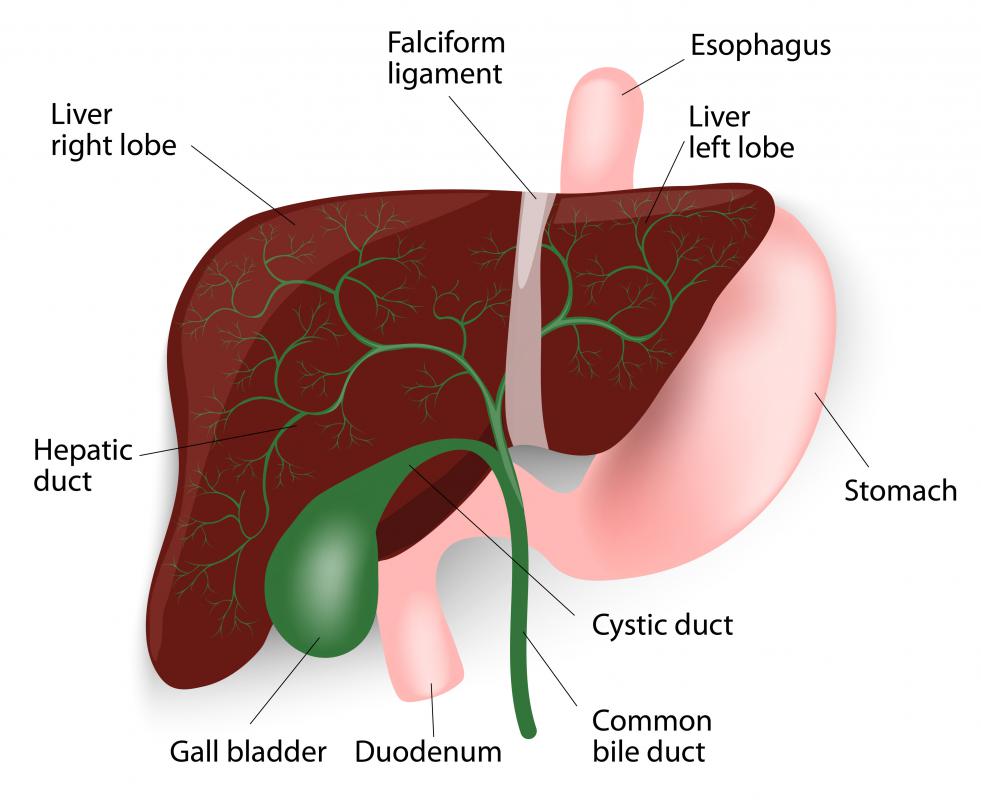At WiseGEEK, we're committed to delivering accurate, trustworthy information. Our expert-authored content is rigorously fact-checked and sourced from credible authorities. Discover how we uphold the highest standards in providing you with reliable knowledge.
What Is a Helical CT Scan?
A computed tomography (CT) scan is an imaging technique that shows virtually everything inside the body, including bones, soft tissue, and blood vessels with a single scan. Images from a conventional scan are two-dimensional slices and are produced by combining x-rays taken from a number of different angles. A helical CT scan, also called a spiral CT scan, uses a special scanning technique that produces better quality images in much less time than a conventional computed tomography scan. The scanner rotates around the patient in a spiral, creating images that are three-dimensional and typically show more detail than conventional CTs.
Performing a helical CT scan involves scanning the patient without stopping, as he or she moves through the scanner. This method results in sharper images of soft tissue and blood vessels and is useful in rapidly diagnosing the injuries of patients who have had serious trauma, especially in the chest. Often the source of internal damage can be spotted quickly on a helical CT scan, giving doctors more time to intervene before blood loss becomes critical.

In many cases contrast material is given to the patient in order to make blood vessels and certain organs stand out more clearly. What is used and how it is administered typically depends on what is being examined. Contrast injections define blood vessels and certain organs, such as the gall bladder, while the contrast may be administered orally to patients with problems in the stomach or esophagus. In some cases an enema is used to highlight the intestines so that the structure is more easily seen. The contrast material often causes some discomfort such as diarrhea or bloating, but in most cases the side effects don’t last long.

It is not unusual to use some type of contrast material when performing a helical CT scan, adding to the clarity of the images obtained. Such procedures are not always used and may be skipped when it is not medically necessary or in certain emergency situations, but often are essential for clarity. Scanning for a pulmonary embolism, for example, is a good use of the helical CT scan, but typically requires the use of contrast material for best results.

Use of the helical CT scan only requires about 30 seconds; this is a key reason that the images tend to be so clear when compared conventional CT scanning, which may take several minutes. The longer scans may have errors when the images are lined up, due to breathing or other movement by the patient, sometimes causing unclear or faulty results. Since a patient can usually hold his or her breath for the short time required by the spiral scan, results are much more reliable.
AS FEATURED ON:
AS FEATURED ON:















Discuss this Article
Post your comments